Medical Assisting
The last time you visited a physician’s office, you may have encountered a medical assistant. Perhaps it was the person who scheduled your appointment or who escorted you to the exam room to ask routine health questions or to record your vital signs or called in a prescription to your pharmacist. Those who enter the medical assisting profession perform a wide array of clinical and administrative duties with physicians of all specialties. Most medical assistants work a regular 40-hour work week—some work part time, evenings, or weekends.
Responsibilities vary depending on office location, size, and specialty. In small practices, medical assistants usually perform both clinical and administrative functions, reporting to an office manager, physician, or other health practitioner. In larger health care settings, medical assistants may specialize in one specific area, such as billing (administrative only) or clinical procedures (which may vary by state law).
Medical assistants answer telephones; greet patients; update and file patient medical records; complete out insurance forms; schedule appointments; arrange for hospital admissions and laboratory services; and handle correspondence, transcribing, and bookkeeping. They may take medical histories, explain treatment procedures to patients, prepare patients for examination, and assist the physician throughout the exam. Medical assistants also collect and prepare laboratory specimens or perform basic laboratory tests. They instruct patients about medications and special diets, prepare and administer medications as directed by a physician, authorize drug refills as directed, draw blood, prepare patients for X-rays, take electrocardiograms, remove sutures, and change dressings.
Medical assisting is one of the nation’s fastest-growing careers. All CMAs (AAMA) have passed a national certification exam and share a common commitment of providing a caring patient experience.
Job Profile: Consider a Career as a Medical Assistant
Program Outcome Data:
The Mitchell Community College Medical Assisting Diploma Program has a job placement rate of 80% in 2019 and a pass rate of 90% on the CMA (AAMA) certification exam for the 2019 graduating class.
Occupational Outlook Handbook, Medical Assistants
Bureau of Labor Statistics, U.S. Department of Labor Last Modified Date: April 12, 2019.


